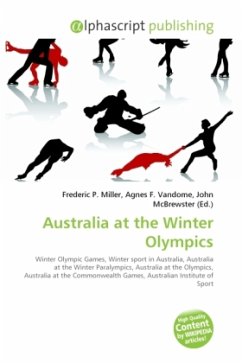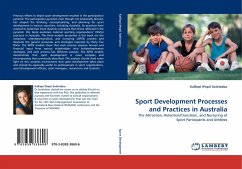Australia first competed in the Winter Olympic Games in 1936 in Garmisch-Partenkirchen, and has participated in every games since, with the exception of the 1948 Games in St. Moritz. In the early years, Australia's athletes did poorly; only two athletes placed in the top half of their events before 1976, while the vast majority placed in the bottom quarter, including some who finished last. This lack of success was attributed to the Australian culture, climate and lack of snow, as well as the lack of support for the athletes sports administrators regarded investment in winter sports as futile. After the appointment of Geoff Henke who had been unable to compete in 1956 after the administrators neglected to endorse his ice hockey team's application as team manager in 1976, the results slowly began to improve, and by the 1990s, some Australians were regarded as medal prospects. The upturn in performance was accompanied by increased government funding for winter sports, the creation of the Olympic Winter Institute of Australia and the purchase of an alpine training base in Austria.
Bitte wählen Sie Ihr Anliegen aus.
Rechnungen
Retourenschein anfordern
Bestellstatus
Storno








